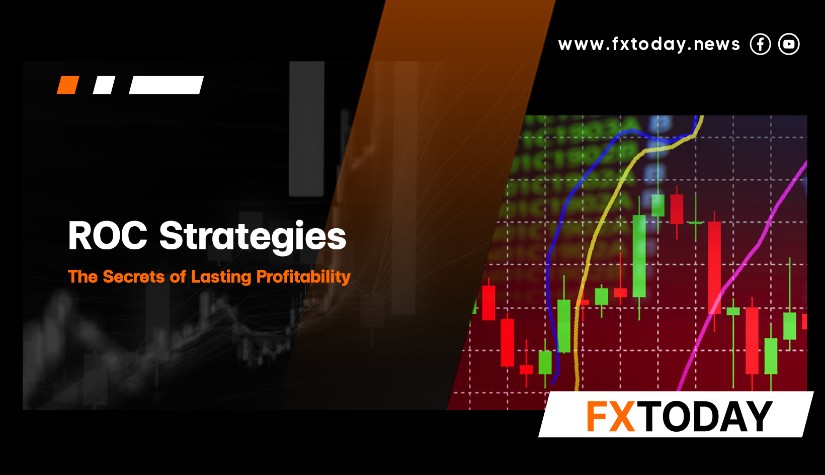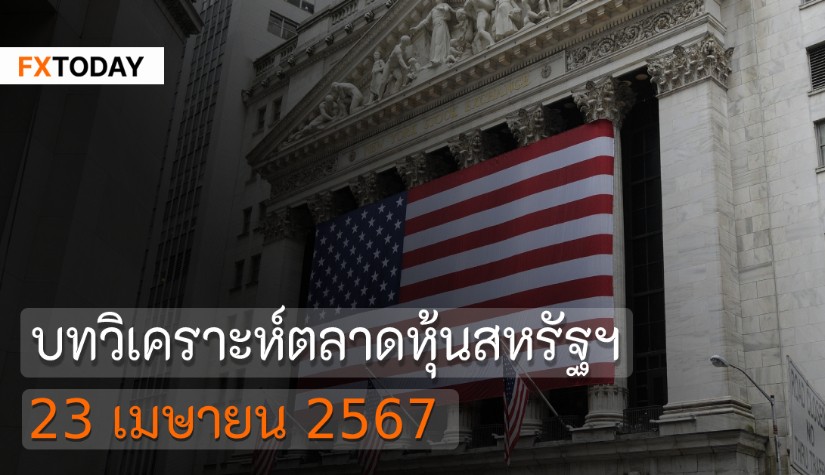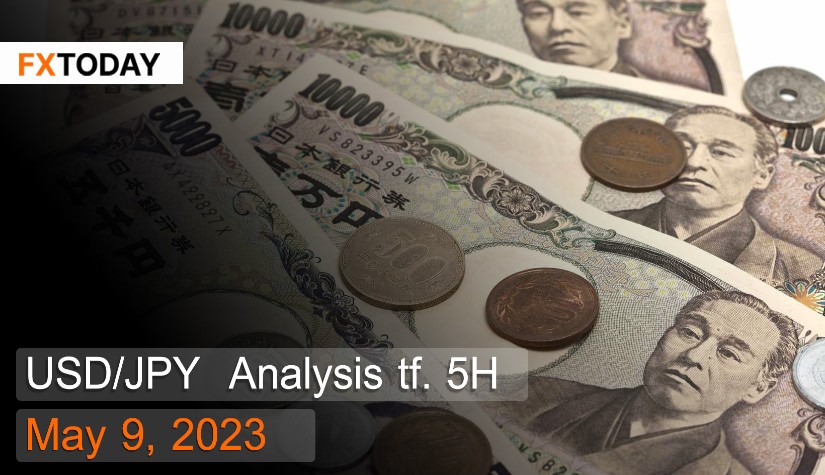The incorporation of indicators is integral in Forex trading, as it greatly refines the accuracy of market price analysis for traders of all levels. In this article, we'll clarify a particular indicator highly beneficial for beginners - the ROC or Rate of Change, which is instrumental in gauging momentum.
Understanding the ROC
The ROC, short for Rate of Change, serves as an indispensable instrument that recognizes the speed of price changes through momentum evaluation. This exceptionally efficient indicator can be integrated into numerous trading tactics.
ROC's Role in Trading
ROC operates as an instrument assessing momentum by determining the percentage alteration in price over a predetermined time frame. Even though momentum indicators are typically advantageous in sideways markets, ROC excels in spotting potential price reversals.
Using ROC to Identify Trend Direction
By extending the Period value, ROC can be employed to detect trend direction. Generally, a Period value of 250 days equates to a year (for long-term trend scrutiny), 125 days amount to half a year, 63 days denote a quarter, and 21 days correlate with a month.
ROC and Direction of Trend
ROC > 0 suggests an Uptrend
ROC < 0 infers a Downtrend
Upon inspection of a 250-day ROC on a price chart, if the ROC consistently falls below the 0 level, it implies a downtrend. The trend transitions into an uptrend when ROC ascends above the 0 level.
Unraveling Overbought/Oversold Signals
Regardless of an uptrend, downtrend, or sideways action, price behavior typically displays fluctuations. ROC can identify overbought and oversold levels, offering knowledge of short-term reversal points and possible profit-taking opportunities.
For example, with a 12-day ROC and an oversold level around -5%, descent below the -5% level usually represents the price swing's bottom and underscores potential profit-oriented opportunities.
It's important to remember that overbought/oversold levels on the ROC may vary for different stocks or assets. For example, highly volatile stocks might consider -15% as the oversold level, whereas less volatile stocks may use -5%. This largely hinges on the price movement patterns of the particular asset.
Trading Overbought/Oversold Levels in ROC
The main three aspects of trading Overbought/Oversold in ROC are:
Downtrend: Keep an eye on overbought signals during recovery stages to pinpoint selling opportunities (Short).
Uptrend: Be on the lookout for oversold signals during contraction stages to pinpoint buying opportunities (Long).
Sideways trend: Search for both overbought and oversold signals to pinpoint range-bound trading opportunities.
Detecting Divergence Signals
ROC can identify divergences (reversal signals) between price and other indicators, suggesting possible forthcoming trend alterations. For example, a bullish divergence signal can be noticed between the stock price of DTAC and a 20-day ROC. When the stock price hits a lower low, the ROC displays higher lows. This points to declining momentum and the potential for a change in price direction.
Conclusion
The ROC, an instrument for evaluating the rate of price variations, provides a substantial understanding of price volatility. Furthermore, it allows for various analyses, thereby promoting successful trading profits.
______________________________
Maximize your knowledge: Blog
Keep up to date on global events: News
Updated
10 months ago
(Jun 08, 2023 10:32)















